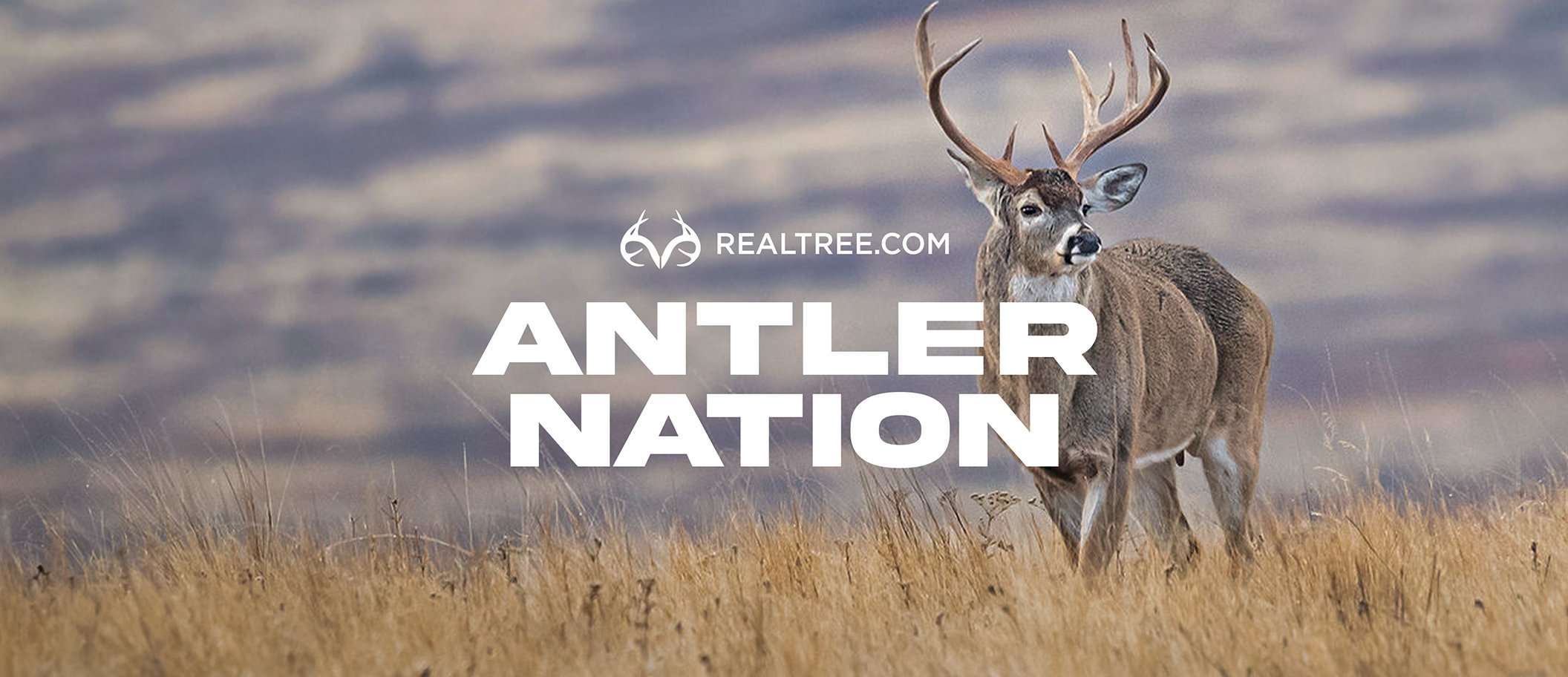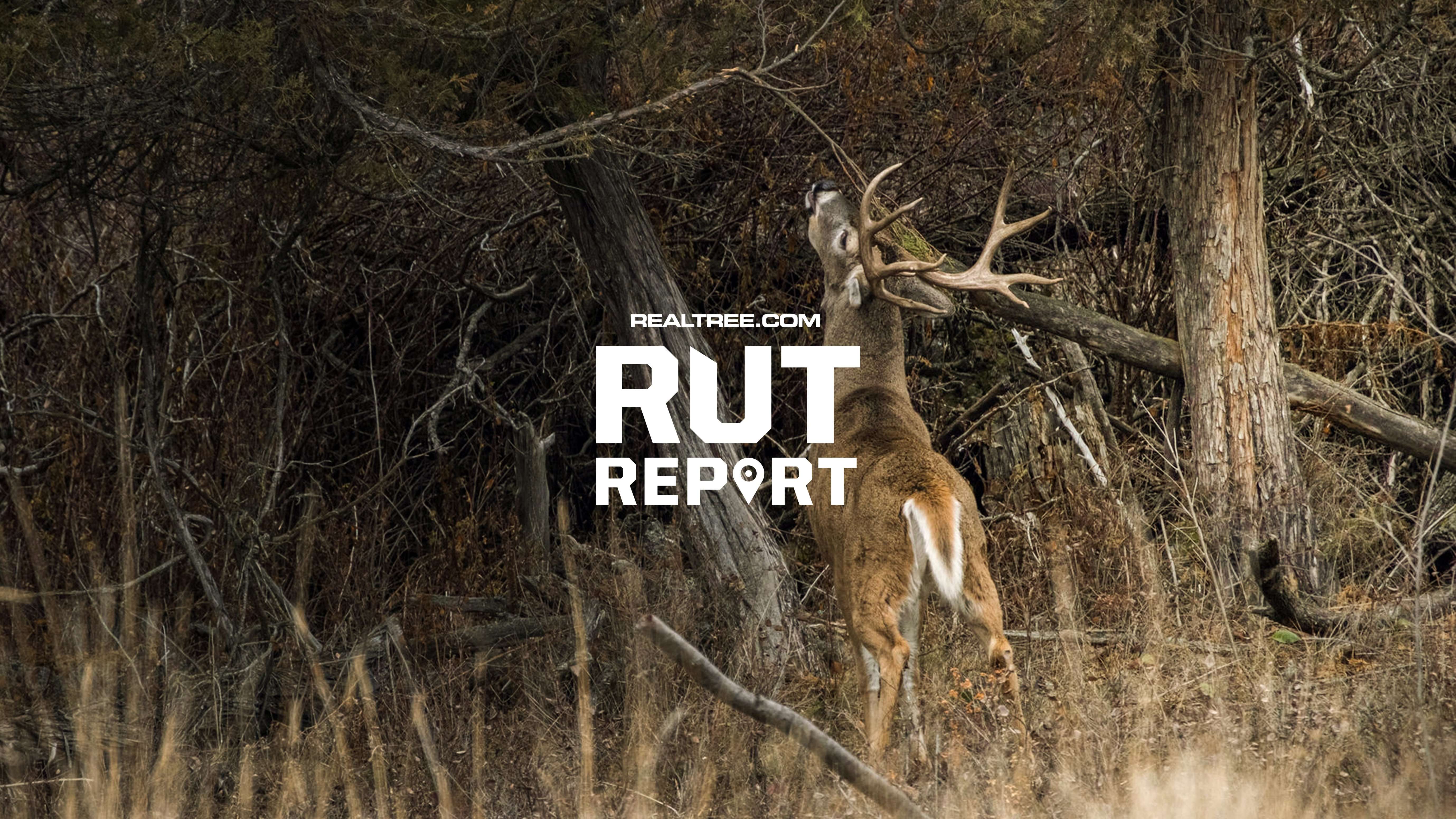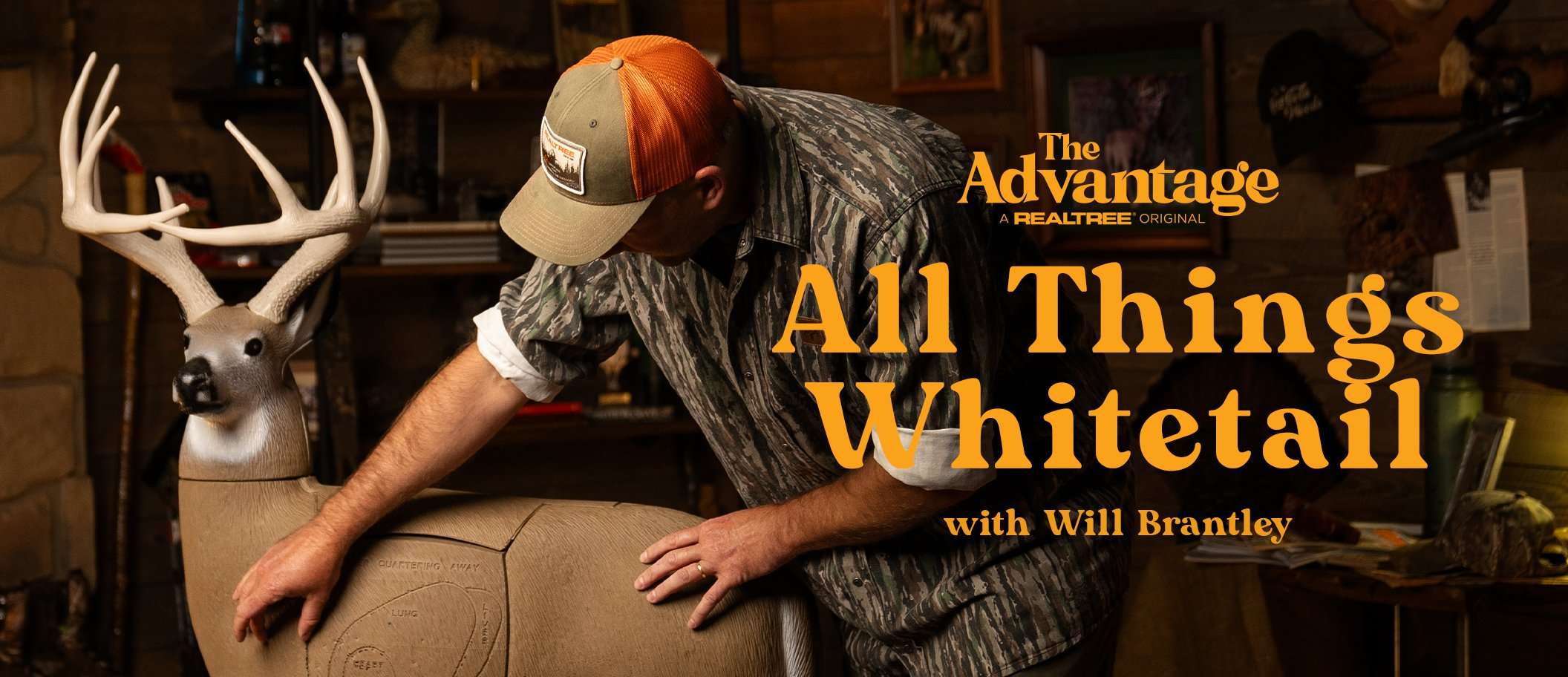Twenty federal, state and non-government agencies comprise the Feral Hog Eradication Task Force

Arkansas’s Feral Swine Control Project has removed thousands of the invasive critters from 483 properties across the state. (Photo by Slatan)
Feral hogs have wreaked havoc throughout the South and Midwest, causing millions of dollars in damage and extreme harm to native wildlife species. Back in 2017, Arkansas decided to tackle the problem head-on and the efforts are working.
According to katv.com, in 2017, the Arkansas State Legislature established the Feral Hog Eradication Task Force which includes 20 federal, state, and non-government agencies to develop a plan to combat these invasive animals. The task force used funds from the USDA Feral Swine Control Project to hire full-time trappers.
By 2024, the Feral Swine Control Project had made a big dent in hog numbers, operating in 12 counties and assisting on 483 properties.
The efforts have resulted in the removal of more than 13,000 feral hogs, with approximately 4,500 caught using conservation district resources. Feral hogs caused more than $2.5 million in damages in the state, according to landowners, but with continued efforts, future damages are expected to decrease.
USDA APHIS Wildlife Services is the initial point of contact for statewide hog removal on private property. The agency currently has more than 22 technicians and biologists on the ground.
Aerial operations and participation in the Arkansas Game and Fish Commission’s Conservation Incentive Program have further strengthened efforts. The program, which receives funding from the Arkansas General Assembly, provided $1.2 million for feral hog traps, which were used to remove 6,693 hogs and protect more than 900,000 acres.
The task force is looking into other strategies, such as using toxic baits and is researching a boar sterilant at the University of Arkansas-Fayetteville.
The Arkansas Department of Agriculture maintains a feral hog dashboard on its website for tracking the state’s progress in controlling this invasive species.












